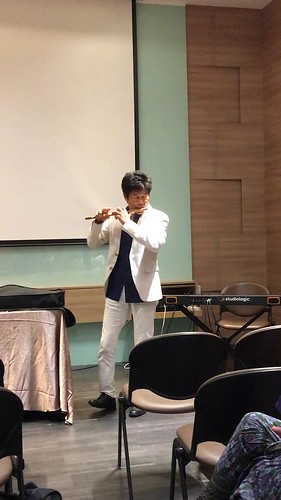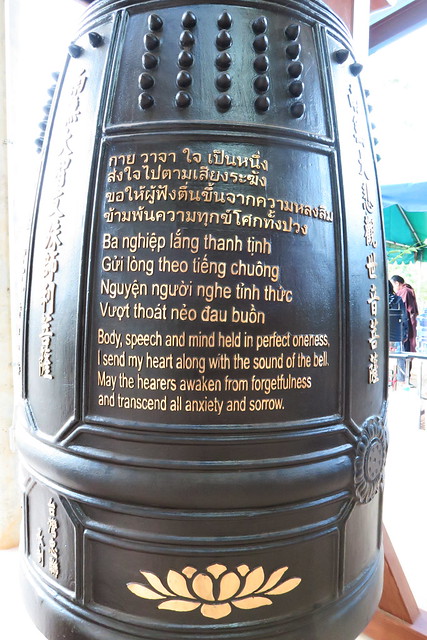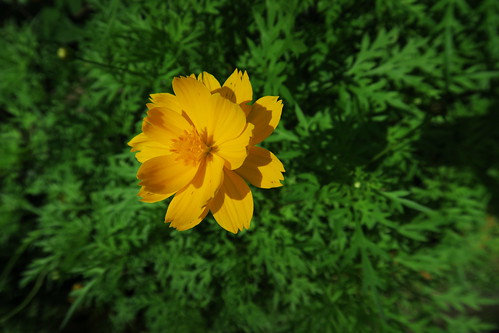My journey with wind instruments and its music starts on a new track with the formal learning of the
shakuhachi (尺八). It is a beautiful mystery how connections are made from one thing/person to another. I believe part of it is driven by one's aspiration and being open to explore what comes up before us.
In struggling to master the
Tang embouchure Xiao (唐口箫), I realized a suitable teacher was needed and the usual Xiao/Dizi teachers were unlikely to be equipped. Unfortunately being unable to leave the country, I couldn't go get guidance from the well known
craftsman himself who's based in Taiwan. There was some self doubt and uncertainty because the shakuhachi was no mere instrument, it embodies the rich culture and traditions of Japan, including an entire notation system (
假名谱) and melodic scales.
The notation system is fascinating as it is similar in the approach of
减字谱 which is used for the guqin (古琴). Each symbol/word represents a specific fingering pattern, with additional markings for rhythm and dynamics. And of course markings specific to the head movement techniques so characteristic in the performance of this instrument.
Fortunately this was not my first immersion into the Japanese arts. Around 19 years ago I took up Aikido (和气道), and looking back it was no mean feat. Luckily I didn't break anything in the course of training.
So I said just go for it. I'm someone who likes to explore an interest deeply and see how far it brings me. My greatest resource is the Internet and social media, and that's where I found my
teacher and subsequently a beginner's shakuhachi. Strangely he wasn't yet qualified to teach (due to the highly structured Japanese grading system) when I reached out to him but within a few weeks he completed his exams and became a newly minted teacher. Amazing serendipity.
Next came the instrument bit which I had to start off conservatively given the high cost of bamboo shakuhachi, with new ones going from USD1,500 and beyond. It wasn't so straight forward as getting my Xiao because there were so many more established makers of shakuhachi and the majority of good ones were still from Japan. It was such a common problem that solutions were already available: synthetic shakuhachi.
Again, the Internet can be a great friend and I soon found the
Bell Shakuhachi locally. My preference has been to source pre-owned items locally so as to avoid wastage of resources. Again it was serendipitous that the gentleman had recently bought it for a month and was looking to let go. The seller-buyer meeting was not just a transaction as there was common interest and engagement to form new friendship.
At about the same time I also sought help from a friend to see if he had any shakuhachi on hand. It was a shot in the dark as I knew he mostly collected Xiao, Vietnamese flutes, and tin whistles. Surprisingly he had the
Yuu Shakuhachi which he kindly loaned to me.
So here I am with two synthetic shakuhachi (the Yuu is pictured above the Bell). Even as a beginner I could appreciate how both are excellent instruments. I witnessed my teacher testing them and the outcome was both are good for beginners. Since I already have the Bell, I was advised to stick with that for training.

Here's my amateur recording making a comparison of both instruments:
Bell Shakuhachi:
https://soundcloud.com/lawrence-goh-2/bell-shakuhachi-test
Yuu Shakuhachi:
https://soundcloud.com/lawrence-goh-2/yuu-shakuhachi-test
It probably sounds similar but I did find less effort on the higher octave with the Bell. The Yuu seemed to provide more equal volume for all notes, making it better balanced. Given the shallower utaguchi (blowing edge) on the Bell, and also the different material used, it felt more sweet and refined when blown. These are subtle differences one can feel as the instrument vibrates along the contact points of our fingers and chin. Let's see what else this path opens up for me.







